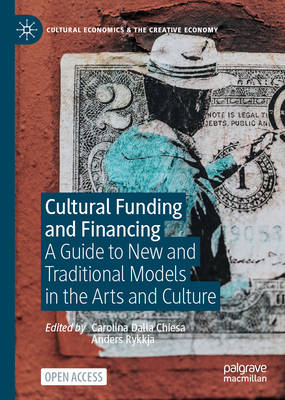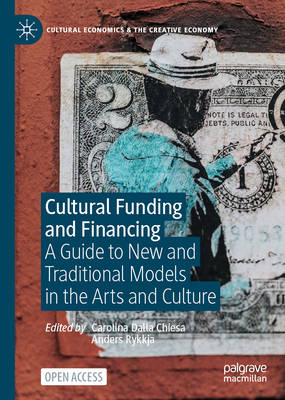
- Retrait gratuit dans votre magasin Club
- 7.000.000 titres dans notre catalogue
- Payer en toute sécurité
- Toujours un magasin près de chez vous
- Retrait gratuit dans votre magasin Club
- 7.000.0000 titres dans notre catalogue
- Payer en toute sécurité
- Toujours un magasin près de chez vous
Cultural Funding and Financing
A Guide to New and Traditional Models in the Arts and Culture
91,95 €
+ 183 points
Description
This edited open access volume offers a comprehensive analysis of new and traditional funding models for the arts and culture. In the economic and political contexts of reduced art funding, the book takes an objective, pragmatic and heterodox approach to demonstrate how financial sustainability in the arts can be achieved via a range of top-down and bottom-up mechanisms which are valued either in terms of institutional or crowd-based legitimacy. The book aims to offer both a scholarly interpretation of established and emerging funding and financing practices within the cultural and creative sector, as well as guidance for artists, creators, and cultural programmers through various case studies and multiple examples of current practices. Contributions are divided into three sections. Section one outlines the most important traditional tools and models, while the second part covers the key contemporary practices premised on the use of digital platforms, and the final part introduces several case studies. The objective of this volume is to demonstrate that while traditional models show no signs of being supplanted, digitalisation has facilitated the emergence of new forms. Such an evolution has consequences for creators of works as well as those willing to support them. The contributions address these issues by investigating and analysing the individual or combined adoption of traditional and new funding and financing models in a post-digital context.
Spécifications
Parties prenantes
- Editeur:
Contenu
- Nombre de pages :
- 430
- Langue:
- Anglais
- Collection :
Caractéristiques
- EAN:
- 9783031966958
- Date de parution :
- 11-12-25
- Format:
- Livre relié
- Format numérique:
- Genaaid
- Dimensions :
- 148 mm x 210 mm

Les avis
Nous publions uniquement les avis qui respectent les conditions requises. Consultez nos conditions pour les avis.





